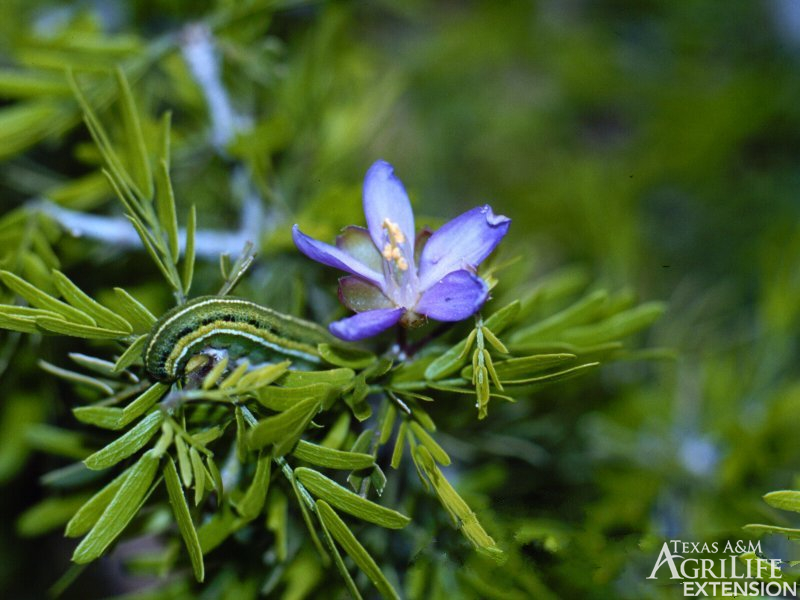
 2
2




 2
2




"When the whole world is running towards a cliff, he who is running in the opposite direction appears to have lost his mind." C.S. Lewis
Visit https://themaineingredient.com for organic, premium dried culinary herbs that are grown, processed, and packaged in the USA.
 1
1








Regards, Scott








Regards, Scott








Guayacan is an unusual evergreen shrub in the Caltrop Family. It has extremely hard wood, and its branches are so short that the leaves seem to be growing from the stem.
The leaves are pinnate and have tightly clusterd groups of 4 to 8 tiny leaflets that grow in pairs. From March to April its numerous fragrant flowers bloom, each are about 1 inch wide and has 5 violet-purple or pink petals. The fruit is yellow and has 1 to 3 shiny red seeds in each.
Guayacan offers good forage for deer and excellent cover for birds and small mammals.

A gray shrub with leaves densely covered with stellate, silvery hairs and bright pink-lavender, bilaterally symmetrical flowers borne singly in crowded leaf axils. Typically a compact shrub, 2-5 ft. tall, Texas barometer-bush or cenizo occasionally reaches 8 ft. in height, and 4-6 ft. in width. Leaves silvery gray to greenish, soft to the touch, up to 1 1/4 inches long but mostly 1 inch or less, tapering more gradually to the base than to the rounded tip, margins smooth. Flowers violet to purple, sometimes pink, nearly bell shaped, and up to 1 inch in length and width, appearing intermittently from spring to fall. Fruit a small capsule.

Invasive plants are Earth's way of insisting we notice her medicines. Stephen Herrod Buhner
Everyone learns what works by learning what doesn't work. Stephen Herrod Buhner





|
I can't take it! You are too smart for me! Here is the tiny ad:
Rocket Mass Heater Resources Wiki
https://permies.com/w/rmh-resources
|


